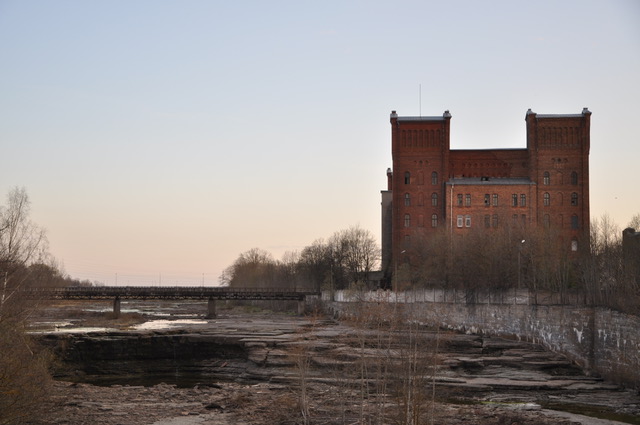When I received the invitation to join a festival taking place in an abandoned factory on the Russian border, it wasn’t something I could turn down. This year’s edition of Tallinn Music Week Estonia joined forces with its sister festival, Station Narva, physically and culturally bridging together two sides of the country.
Neighborly Relations
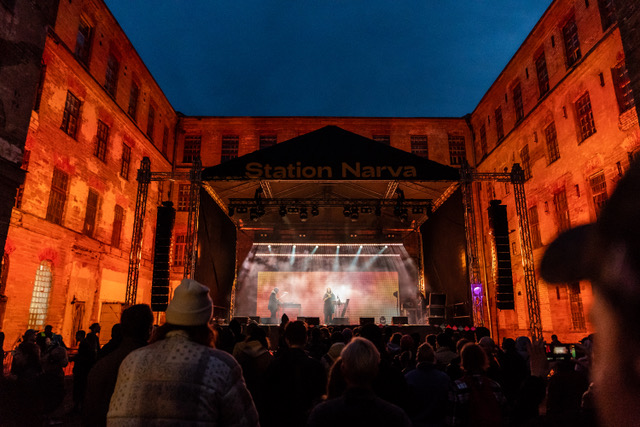
Photo by Patrik Tamm
The otherwise often overlooked country, Estonia became a hot bed of attention due to the war waged in its neighboring nations. It shares a land border with Russia with Narva being the intersection of the two countries. Across the aptly mentioned Friendship Bridge of all things, Estonia is but a stone’s throw away from the country that invaded its neighbor in February. Almost one quarter of Estonia’s population is of Russian heritage increasing the importance of places of cultural exchange in the country. “People are in complete shock,” stated Tallinn Music Week partner and national urban rejuvenation expert, Ivan Sergejev, during the opening events in Narva, addressing the effects of Russian’s intrusion into Ukraine.
In reaction to the Russian invasion Tallinn Music Week spread its operations 200km down the road to the border town. Bridging the cultural gap has always been part of the festivals’ goals. “People are anxious, and the Estonian government is here to help people,” Sergejev added. Previous editions of Tallinn Music Week and Station Narva have attempted to bridge the cultural divide by promoting artists and cultures from both sides of the border. The year, however, the festival refused to host any Russian acts posing an additional challenge for the organizers.
Healing Communities
With 95% of Narva’s population are Russian speaking, meeting the needs of the locals with this year became challenging. One way of overcoming this was by ensuring that Russian-speaking Estonians were prominently featured on the bill, such as hip-hop artist Propazha, and metal band Pale Alison, amongst others. The lack of Russian acts was also made up for by the hosting of Ukrainian bands, interspersed throughout the festival.
“How do you ensure everyone is represented, and that everyone’s culture is represented?” asked Sergejev at Narva. For Sergejev, it was important not just to have another Tallinn-light, hipster festival on the border town, but something that honestly reflected the local community.
“Now that the Russian programming has been paused [in Narva]… that some of the cultural houses here are reliant on Russian programming … we had to do something,” added Sergejev about helping out the city’s cultural institutions.
Buildings Between Yesterday and Today
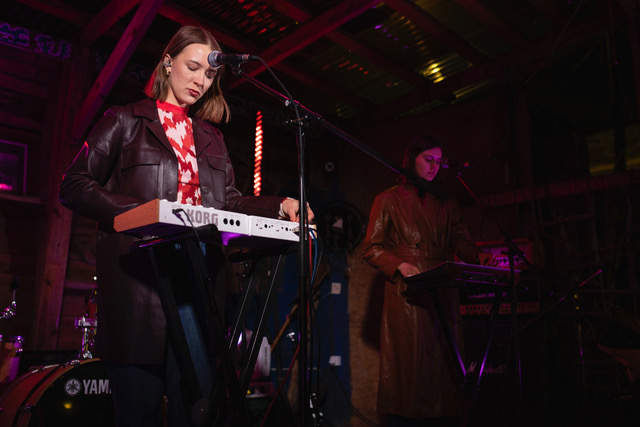
Photo by Anna Markova
Making use of the unique venues in the neglected, yet charismatic charming city, the festival ran showcases and presentations in cathedrals, cultural centers, punk river-side clubs, and the standout location, a unused 19th century textiles factory overlooking the Russian border, Kreenholm.
The factory is indicative of the city itself, once the pride of the Soviet Union, Kreenholm — which sits on Kreenholm island, an area of land separating Russian from Europe — was once the largest textile factory in Europe, employing over 10,0000 locals. Now in disrepair, with its aching history, naked on full show, it provided an absurdly remarkable backdrop to an evening’s worth of international musical delights, featuring Tirzah, and Floating Points.
Music Unites Beyond Borders
When settings themselves have more power and narrative than the music, it adds far more clout to the event itself. And Kreenholm — like Kraftwerk in Berlin, or Printworks in London — does this with gusto. And in this time, when we are celebrating and promoting European unity, there’s something quite gratifying about partying in an old Soviet, border factory.
“Borders can be both uniting and decisive, but music unites,” stated current Kreenholm CEO Jaanus Mikk earlier on in the day, when talking about bringing the festival to the factory.
With Narva aiming to receive the award of European City of Culture in 2024, the events of this weekend show the impact that culture can have on a location. From perusing the local record fair to hanging with the locals late at night, the organizers’ work paid off. Narva is becoming the focal point of the world due to its history and geographical location, but thanks to events like this, its future will be soon more important that its past.
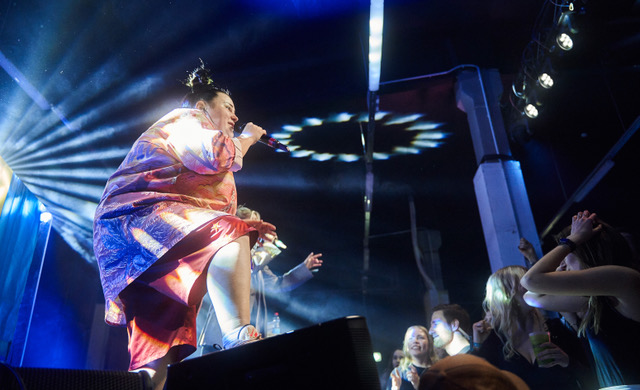
Photo by Henri-Kristian Kirsip
Top 5 Acts worthy of Note
Beyond the cultural and political focus TMW of course hosted lots of amazing bands. Without wanting to take the light off this amazing showcase of acts, here are my top 5 acts from Tallinn Music Week 2022.
Alyona Alyona
Without a doubt one of the most exciting acts to emerge from Ukraine is hip-hop talent Alyona Savranenko. Not only is her sterling stage presence addictive and all warm feeling, but here emotive and captivating delivery of songs stirred the festival into a giddy mess. If one thing is certain, we will be seeing a lot more of Alyona Alyona in 2022.
The Holy
Finland’s answer to The Arcade Fire, The Holy are a gallant collective of rock-kids, that brood charisma. Full of riffs, fervor, and finely constructed songs, this is a young band of well-groomed talents the leave you always asking for more.
Jaguwar
Germany’s experienced shoegazers Jaguwar have been around the block for a while, and their extensive collection of guitar pedals proves it. Melodic, infectious, and full of fuzz, just the way we like it.
The Blind Suns
The French duo were one-half The Kills, one-half Prinzhorn Dance School with their modern, brash chansons. Performative and full of hooks, The Blind Suns are the epitome of modern glam pop.
Have You Ever Seen the Jane Fonda Aerobic VHS?
This one’s a guilty pleasure for me. This Finnish grunge trio seemed to have emerged from a thirty-year old-time capsule, throwing around riffs like they were going out of fashion. When it sounds and feel good though, how can it be so wrong?
Tallinn Narva Music Week 2022 took place from May 4th to May 8th at the Estonian capital and Narva.
